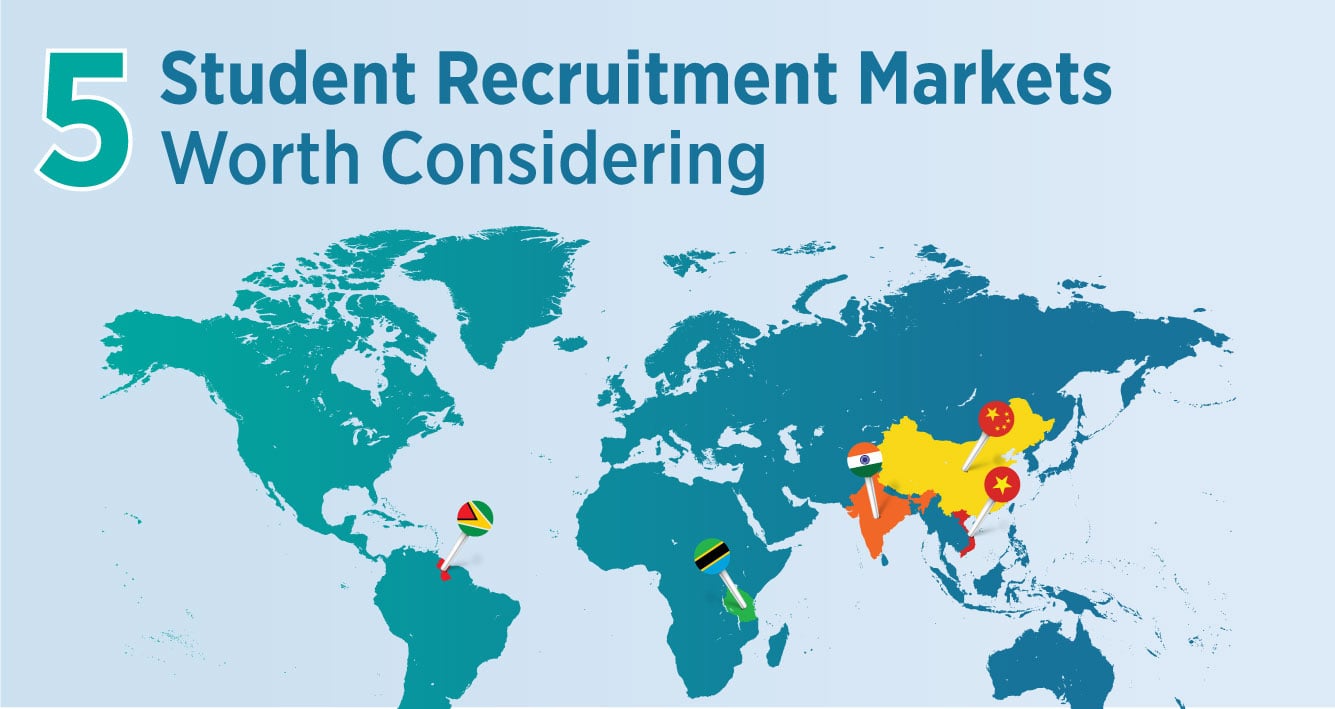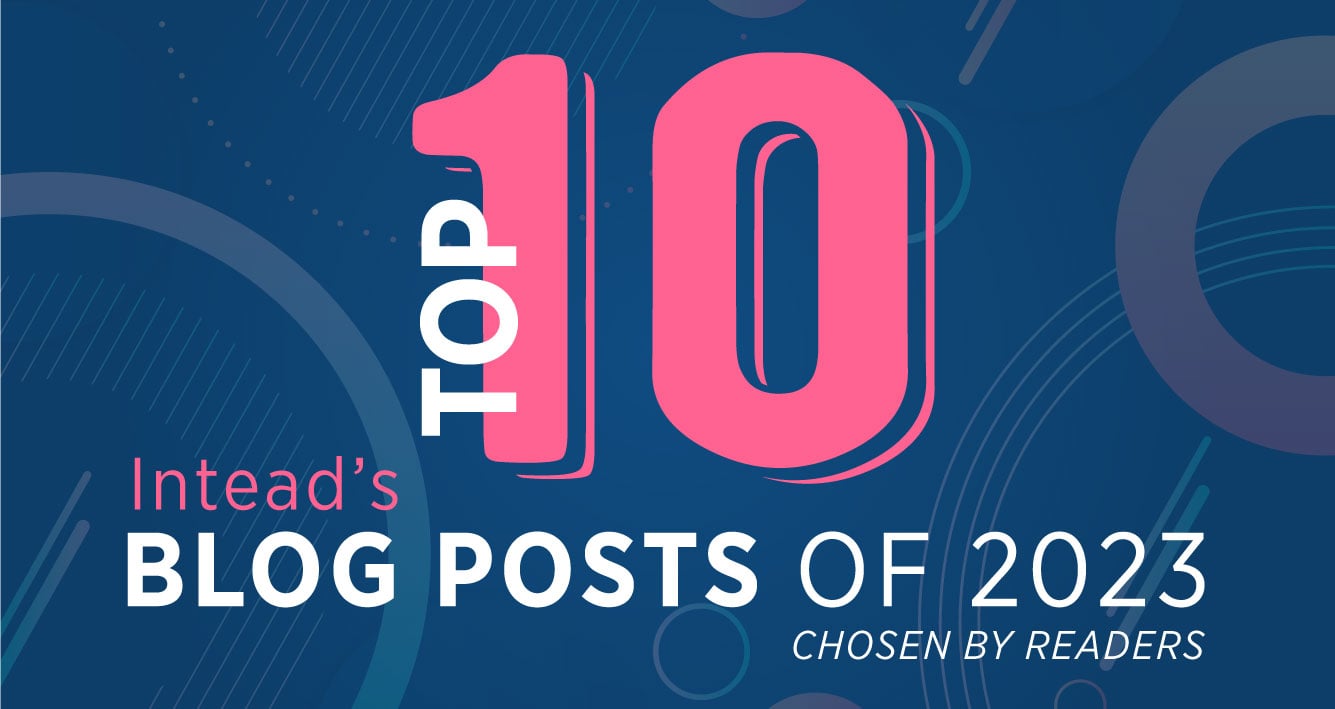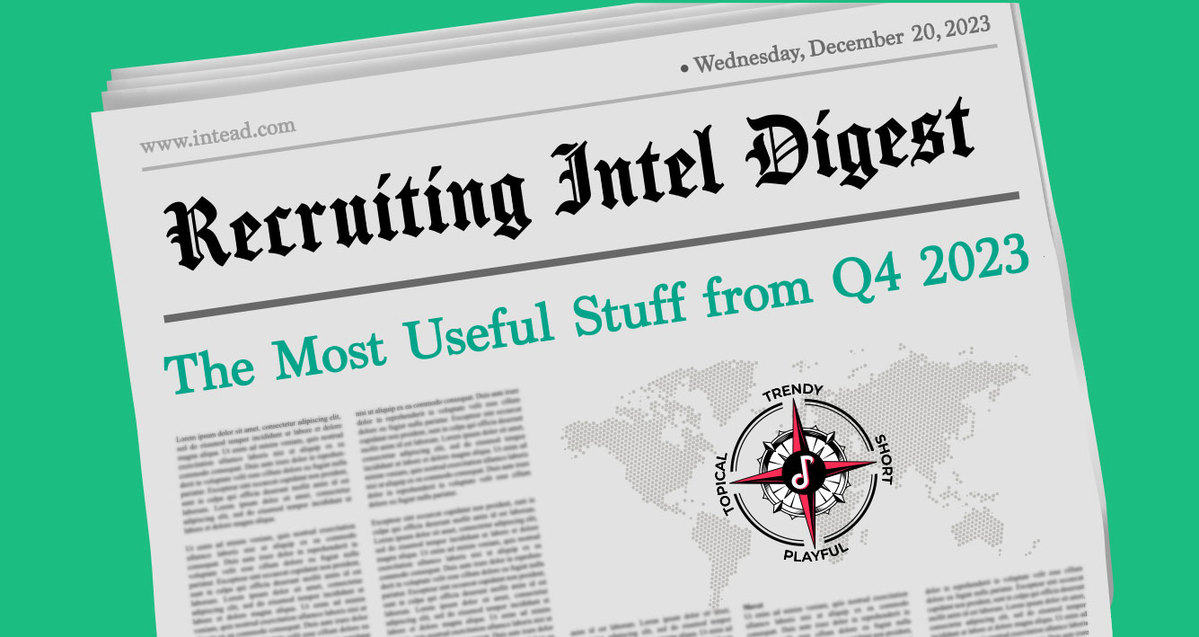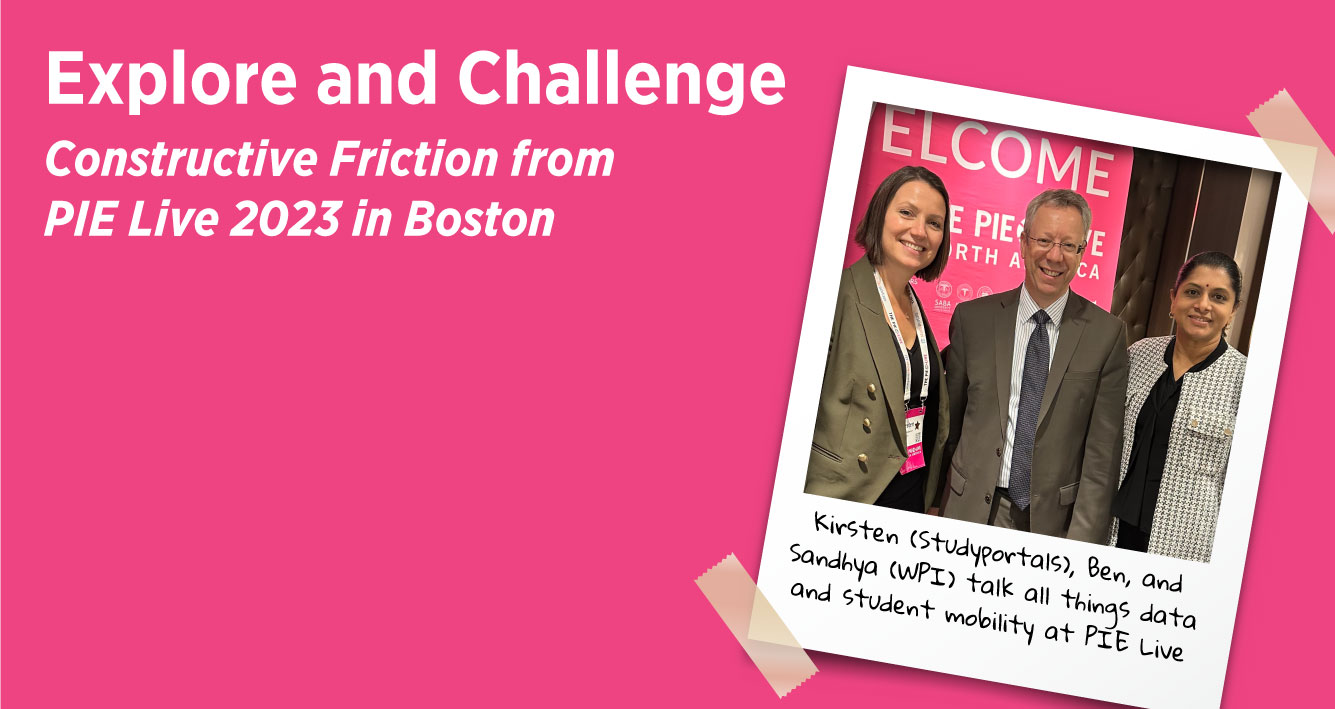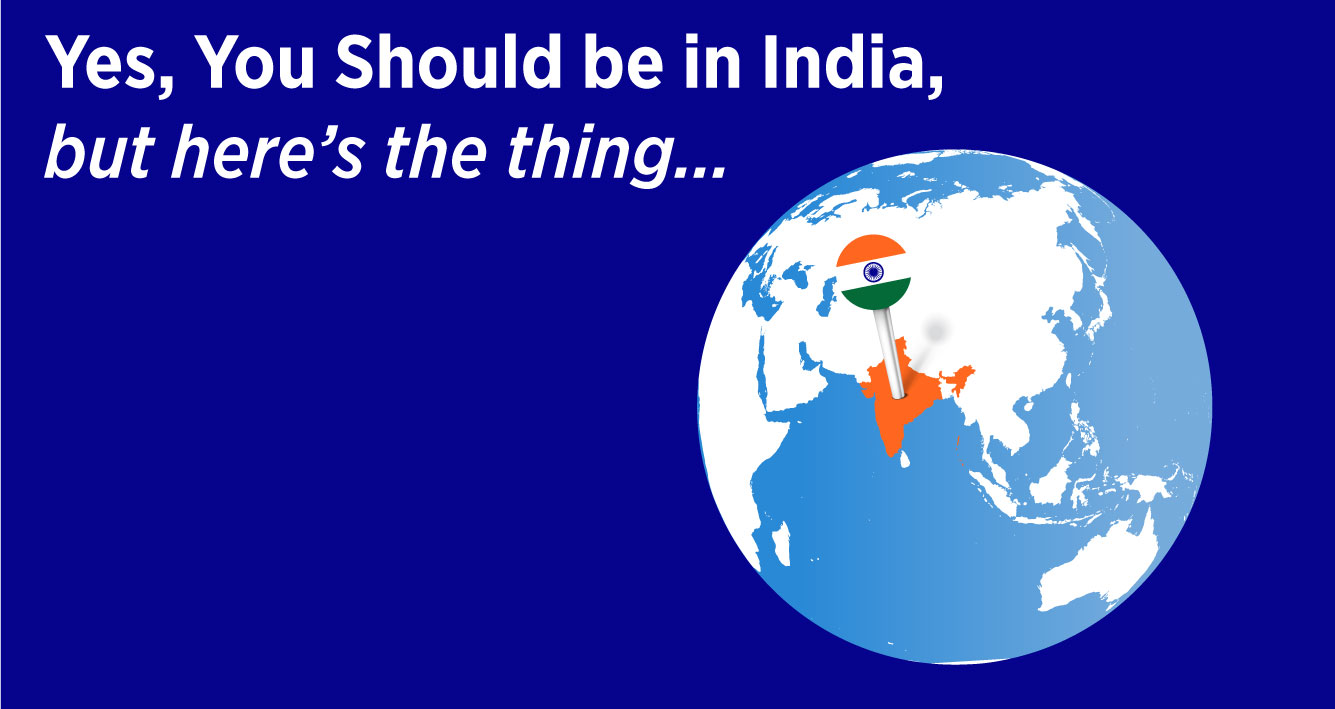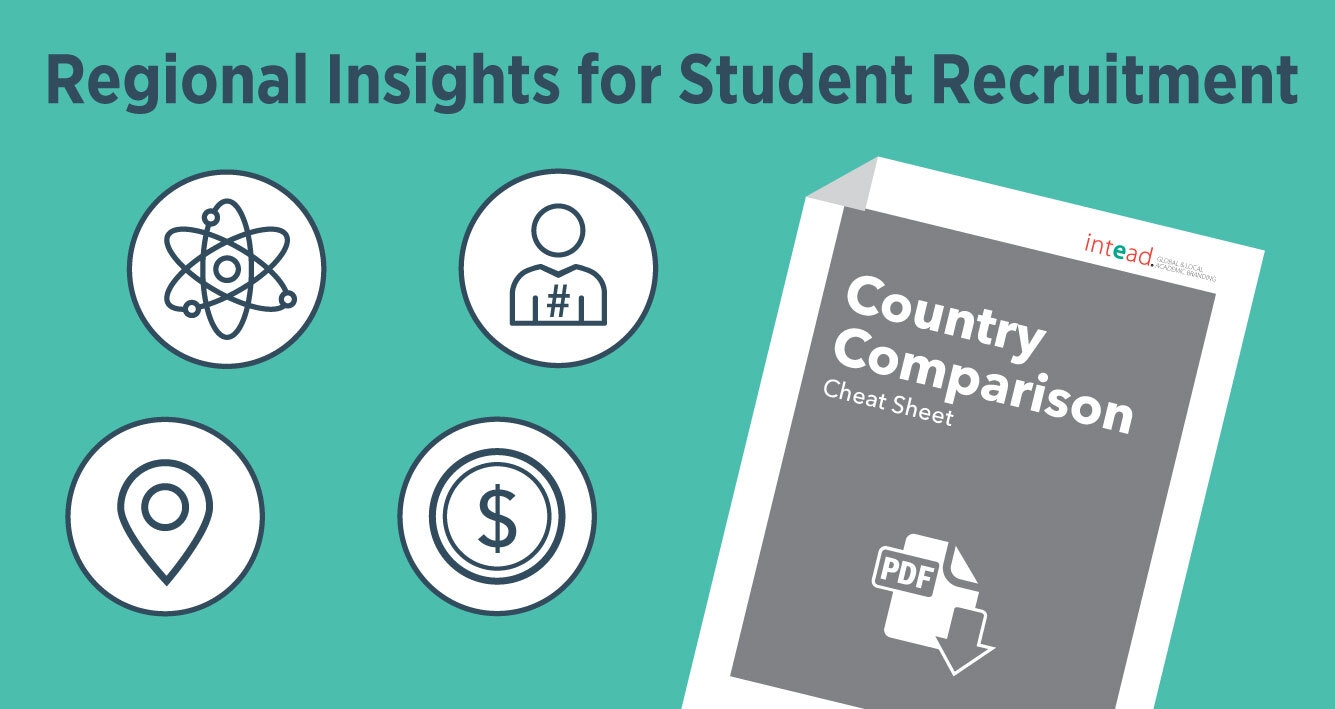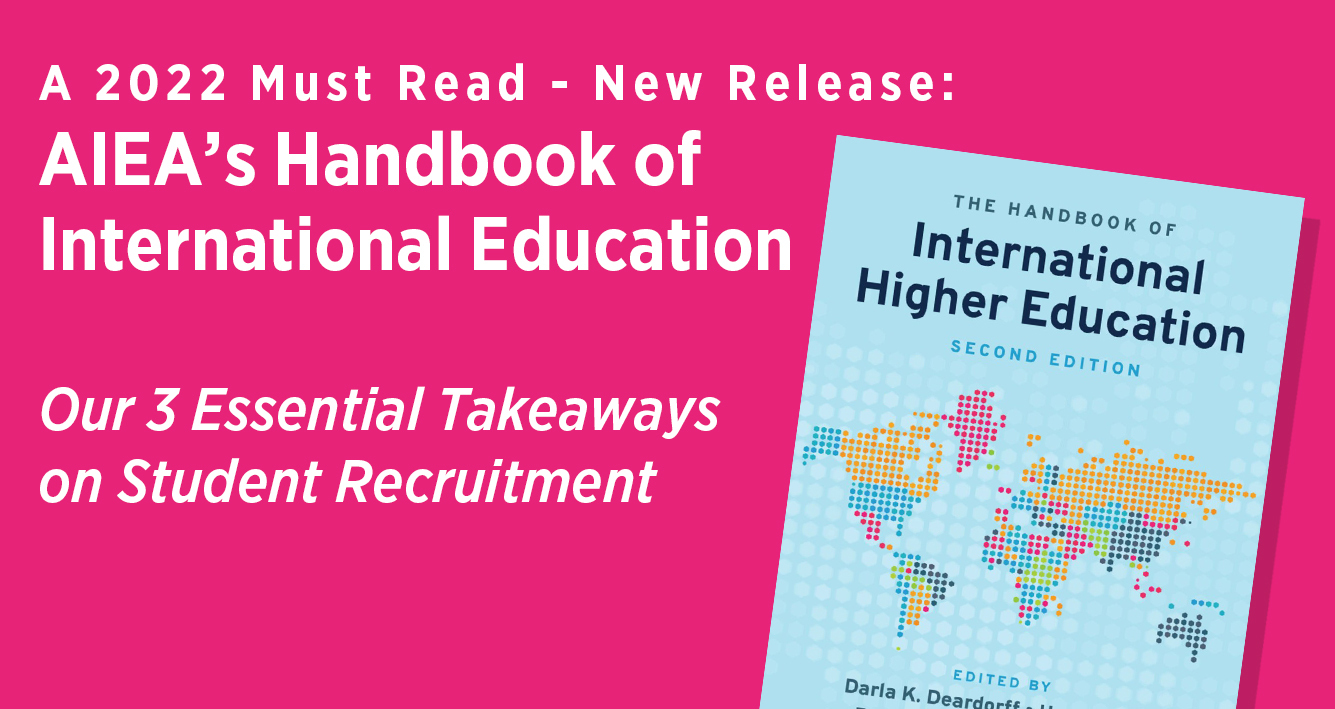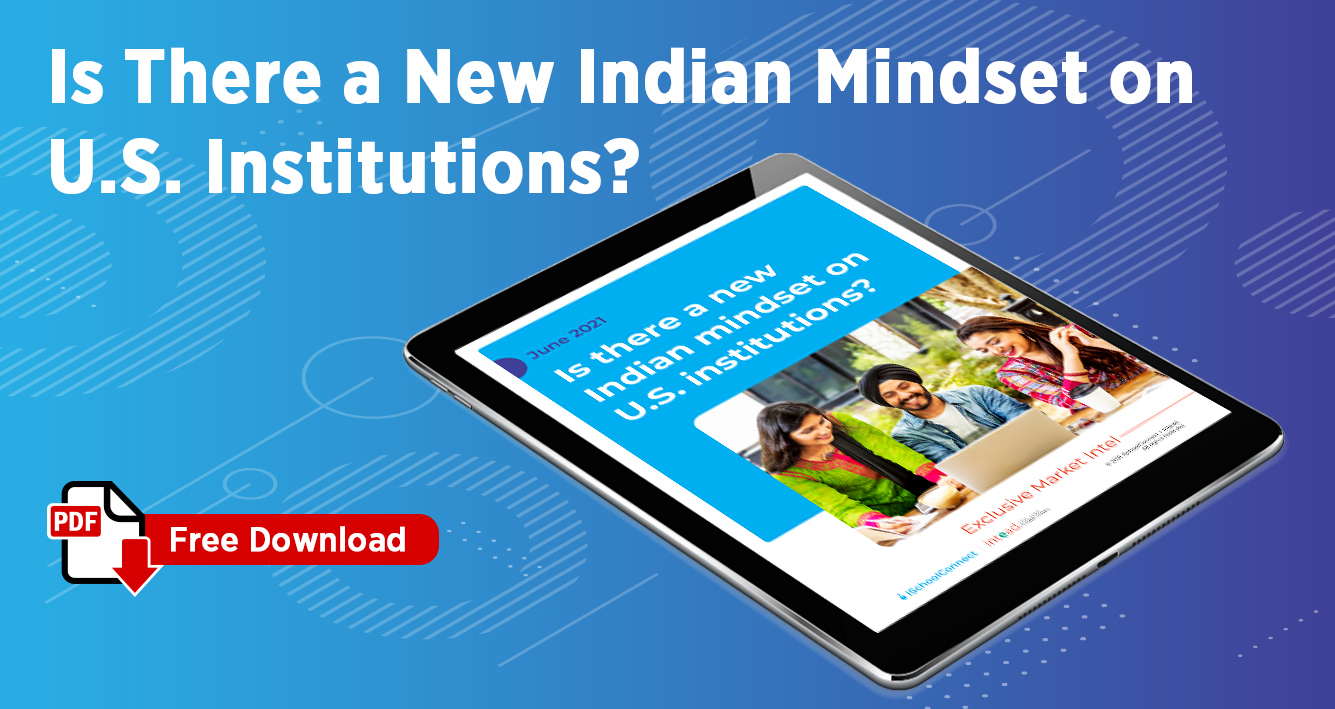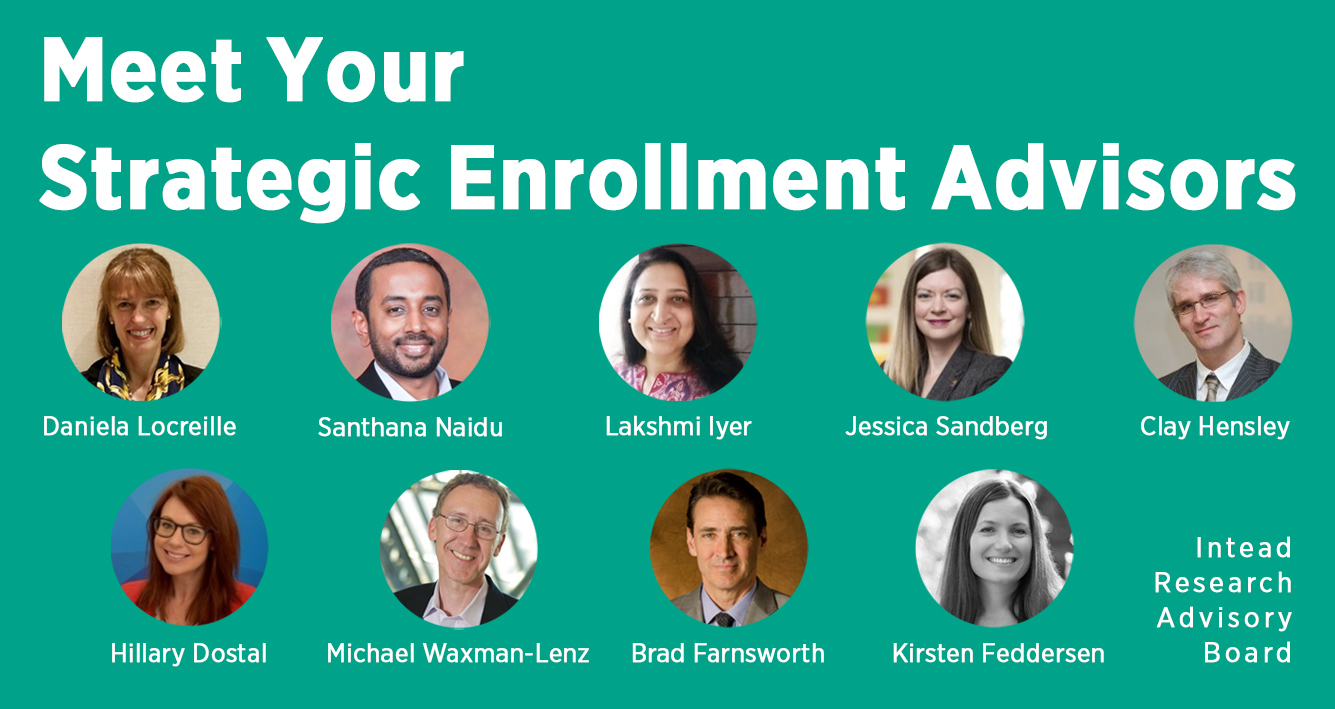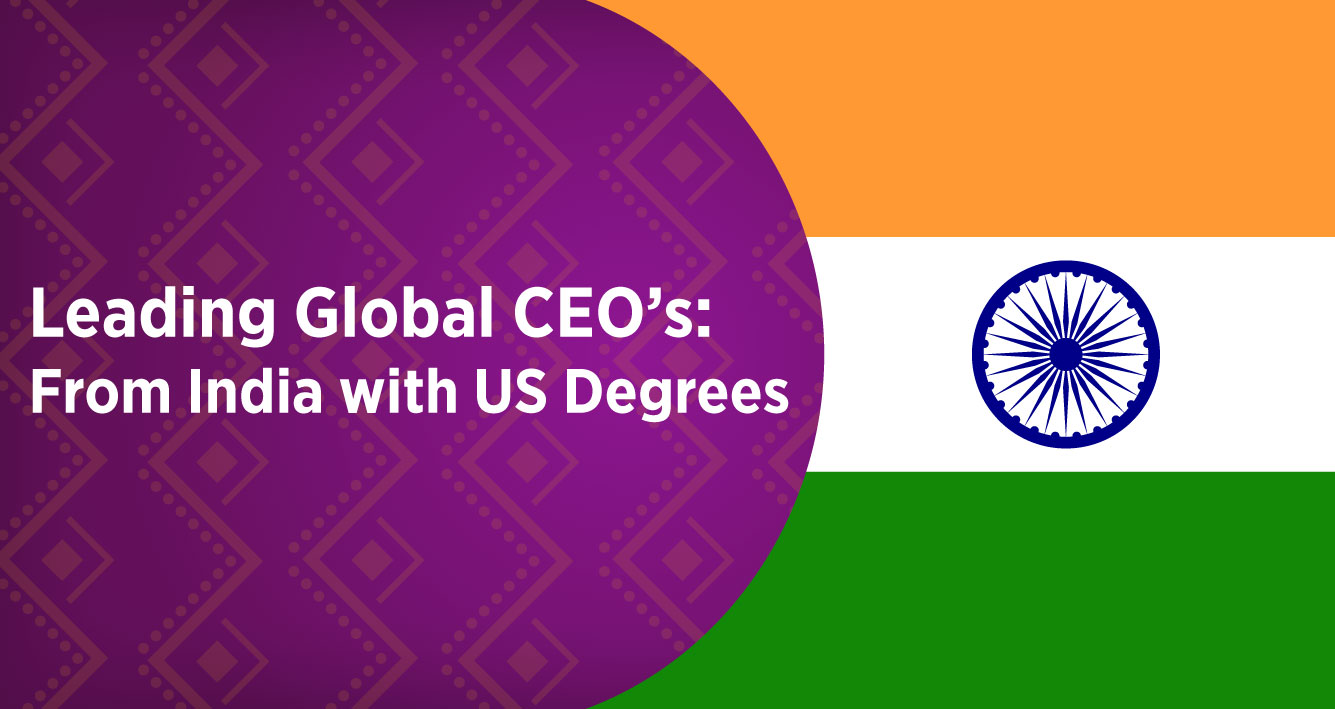The US continues to be a top destination for international students. As other anglophile countries find new reasons to limit their student intake (we’re looking at you Canada, Australia, and UK), there is still competition for student attention. Now is no time for US institutions to rest on their laurels.
The macro numbers around student mobility are always interesting. But the fact is that each institution has tremendous potential in any given market if it plays its unique cards well.
It starts with market intelligence, understanding your consumer, their motivations, influencers, and how the unique attributes of your institution relate to those consumer insights. There are questions you and your recruitment team are asking:
- Are you reaching the right prospective international students?
- Are your markets diversified enough? Targeted enough?
- How do you know if you are doing all of this well?
Opportunities to Meet the Intead Team
- NAFSA Region XI, Hartford, Connecticut, Oct. 27-29, 2024
- PIE Live North America, Boston, MA, Nov. 19-20, 2024
- AIRC, Seattle-Bellevue, Washington, Dec. 04-07, 2024 -- including our pre-conference global marketing workshop. A full day of Intead global intel (lunch included ; -). Details here.
Bookmark this: Intead’s Resource Center
Access 800+ articles, slides, reports with relevant content on any topic important to enrollment management and student recruiting. Check it out.
Over the past year we’ve offered insights into regions we think are well worth watching on 3 continents – China, India, Vietnam, Tanzania, Guyana. Each of these countries offers something interesting for international student recruiters to think about. All won’t be right for every institution, but each are right for some.
Read on to understand how we’re thinking about these markets and to link to our more in-depth articles each one.
Read More
